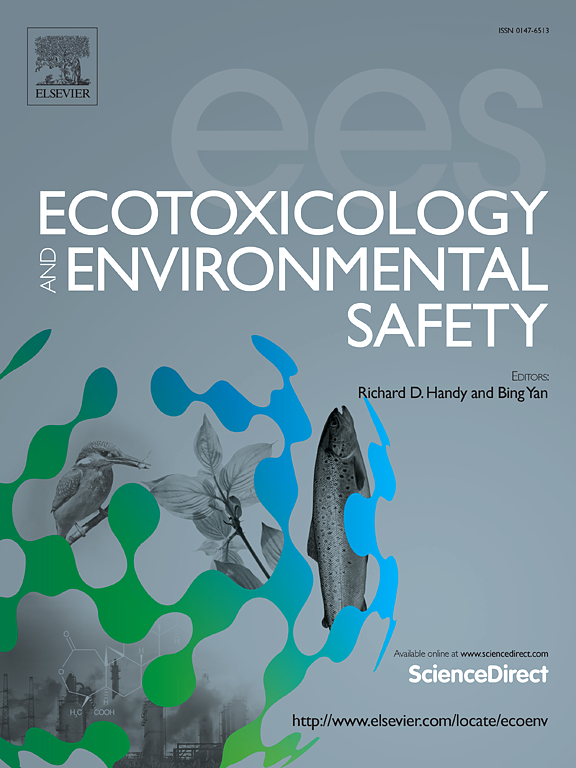Impact of tire particle leachates on microplankton communities in the Canary Islands
IF 6.2
2区 环境科学与生态学
Q1 ENVIRONMENTAL SCIENCES
引用次数: 0
Abstract
Tire wear particles (TWP) are a major source of microplastics in the environment. Despite their prevalence, the effects of tire particle leachates on marine microplankton communities remains poorly understood. In this study, we assessed the acute impacts of tire particle leachates on the structure of coastal microplankton assemblages from the Canary Islands. Five laboratory experiments were conducted, exposing microplankton to a range of leachate dilutions over 72 h, with TWP leachates prepared from an initial concentration of 1 g L⁻¹ .Our results revealed that the abundances of diatoms, most dinoflagellates, and ciliates were significantly reduced following exposure to leachates, with median effective concentrations (EC50) ranging from 30 to 660 mg L−1 depending on the plankton community. Interestingly, Ostreopsis cf. ovata, a harmful algal bloom (HAB)-forming species, exhibited relatively high tolerance to tire particle leachates compared to other microplankton. Compared to other marine biota, ciliates appear to be most vulnerable plankton group to tire particle leachates (EC50 = 30 and 146 mg L−1). The higher tolerance of O. cf. ovata to pollution compared to other phytoplankton species (resource competitors), in combination with other factors, may contribute to the rise of HABs in polluted coastal areas. Although field data on TWP are limited, the observed negative effects on microplankton occurred at environmentally relevant concentrations. Our results indicate that TWP pollution can significantly impact marine planktonic communities, highlighting the urgent need to reduce TWP emissions and develop less toxic tire rubber additives.
求助全文
约1分钟内获得全文
求助全文
来源期刊
CiteScore
12.10
自引率
5.90%
发文量
1234
审稿时长
88 days
期刊介绍:
Ecotoxicology and Environmental Safety is a multi-disciplinary journal that focuses on understanding the exposure and effects of environmental contamination on organisms including human health. The scope of the journal covers three main themes. The topics within these themes, indicated below, include (but are not limited to) the following: Ecotoxicology、Environmental Chemistry、Environmental Safety etc.

 求助内容:
求助内容: 应助结果提醒方式:
应助结果提醒方式:


